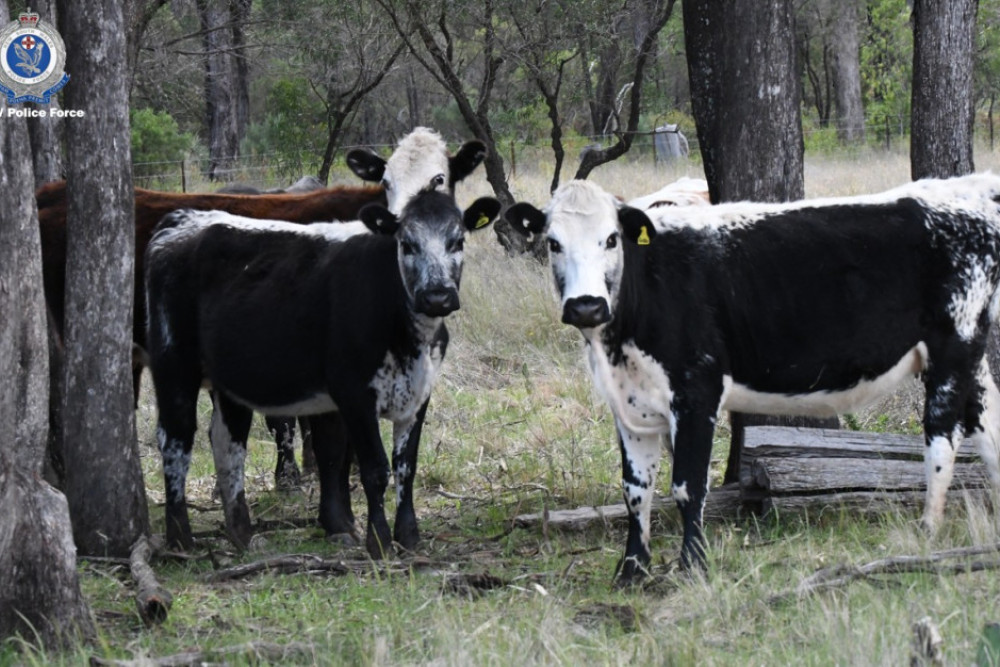Agricultural
17 June, 2025
Landholders asked to lookout for rock fern in grazing paddocks
Central West Local Land Services is urging livestock owners to be on the lookout for rock or bracken fern in their grazing paddocks, which can cause toxicity.

Found in many parts of the Central West region, rock fern is a hardy plant that survives dry conditions and reshoots readily after rain in autumn and winter.
These fresh new fronds are particularly toxic to cattle, and less commonly sheep. While not overly palatable, stock will consume rock fern when feed is limited, or they may ingest it incidentally when the plant is present amongst short green, or dry standing feed. Hungry, young and naïve stock are most at risk.
The toxin in rock fern depresses bone marrow production of platelets and white blood cells in cattle, causing bleeding and reducing the affected animal’s immune system.
It takes time for the toxin to take effect, and stock will have typically been grazing the plant for several weeks before clinical signs appear.
Affected animals may die suddenly due to massive internal haemorrhage, or may present with weakness, staggering and collapse from cumulative blood loss and anaemia.
Rock fern also contains carcinogenic compounds, and cattle can also develop tumours in the urinary bladder which leads to progressive weight loss and eventual death.
In sheep, rock fern toxicity may cause either a haemorrhagic syndrome or more commonly, neurologic disease - polioencephalomalacia (PEM). Clinical signs of PEM include ataxia, blindness, and death.
Nik Cronin Central West Local Land Services District Veterinarian said, “The prolonged dry following summer, and the late autumn break have provided ideal conditions for rock fern to proliferate this season.
“The movements of young trade cattle, as well as the influx of cattle from drought-affected areas into our region have also increased the risk of rock fern toxicity outbreaks.
“Our records show that cases most commonly occur in the months of May-July, peaking to a high in June.
“Two cases have recently been diagnosed in the last week within the Central West Local Land Services region – one case in agistment cattle near Narromine with six out of 48 animals affected – four deaths, and the other in trade weaners at Coonabarabran with 14 out of 34 affected – three dead.
“For now we would recommend that producers check grazing paddocks for rock fern. Plants vary between 10 and 30cm in height and have a reddish-brown central stalk with a bright green fern leaf.
“If rock fern is present where stock are grazing then they should be removed. Some references suggest these paddocks may be grazed for a period of time without effect – how long will likely depend on the amount of rock fern being ingested,” Nik said.
If you have deaths or signs of toxicity in your livestock, please call your veterinarian for treatment and advice.


